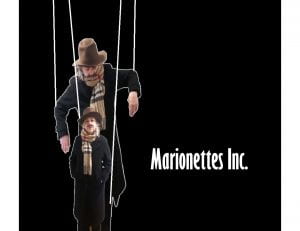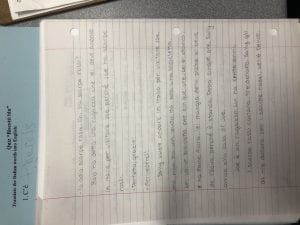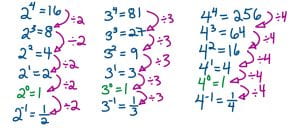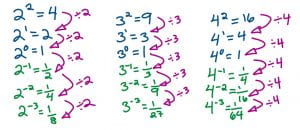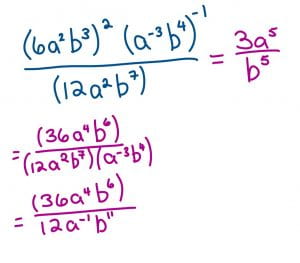Category: Uncategorized
Physics 11 – Core Competency Assessment – Circuit Assignment
Yesterday we were assigned the task of solving for many values in a large combination circuit. We didn’t have access to our notes (with the exception of our formula sheets) and we were not allowed to ask many questions. We could, however, collaborate and use each other’s methods of explaining the concepts to better understand what we were doing and to verify our answers. We had the whole class to complete the assignment.
Residential School Word Cloud
This is a word cloud based on the story Sugar Falls by David Alexander Roberts.
Short Story to Screenplay – “Marionettes Inc.”
For this project, I turned the short story Marionettes Inc. by Ray Bradbury into an adapted screenplay. For the adapted screenplay, the writing type was narrative for the most part because it tells a story. However, there were some descriptive elements to it. For example, in the action section of the first scene, I use visual, auditory, and tactile descriptions of the setting of the scene. The screenplay includes slug lines, actions sections, characters, parentheticals, and dialogue. The characters are Braling, Smith, 2nd Braling, Nettie, and Mrs. Braling. The reason I used the name “2nd Braling “ rather than “Braling 2” is because it is easier to have characters with different starting names for the website to automatically predict the characters’ names. For the original short story, I think that it’s also narrative and descriptive for the same reasons as the screenplay. Instead of copying each line of dialogue and adding a few parentheticals, I attempted to paraphrase what the characters were saying, while also shortening the story in general. While completing this assignment, I learned that, while sometimes a little bit tedious if it’s an adapted screenplay, screenplay writing can be very interesting and quite fun. I also learned how to take the main idea of something and put it into my own words more efficiently, which is something we are very often asked to do in school, so that will be useful for me. In general, I enjoyed this project, and I think I got something good out of it.
 Loading...
Loading...
Core Competency
 Loading...
Loading...
Chemical Change Observations
Purpose:
The purpose of this lab was to observe what happens when a substance is produced in a chemical reaction.
Procedure:
First, we measured our reactants (Strontium Chloride and Sodium Carbonate – different than the original instructions) separately in graduated cylinder and poured them into 100 mL beakers. Me measured 10 mL of each reactant which was different from the original instructions which said 25 mL. At our station, we mixed the two substances together and a chemical reaction occurred. Our ring stand was set up with filter paper open in a funnel. We poured the new substance through the filter paper into another beaker. Then, we took what was in the filter paper and moved to the Bunsen burners. Unlike what it said in the instructions, we didn’t do anything with the remaining liquid from the filter. There were two solids at the station, Strontium Chloride, and Sodium Carbonate. We took inoculation loops (instead of wooden splints), dipped them in water, and covered the loop with one of the solids. We passed the tip of the loop through the flame and observed what happened with the colour of the flame. We did that with the other solid and also with what was left in the filter paper.
Data, Observations, and changes:
Strontium Chloride: Liquid, Clear, Odourless.
Soduim Carbonate: Liquid, Clear, Odourless.
New materials: When we combined the liquid Strontium Chloride Sodium Carbonate, the chemical reaction created a new substance that was white and sort of solid. It was odourless, which is what we expected. That substance was what we tested as the third substance on the Bunsen burner.
Flame test results:
Strontium Chloride: The flame turned bright red.
Sodium Carbonate: The flame turned orange/yellow.
New Subtance: The flame turned orange/yellow, but its wasn’t as reactive as the Sodium Carbonate.


